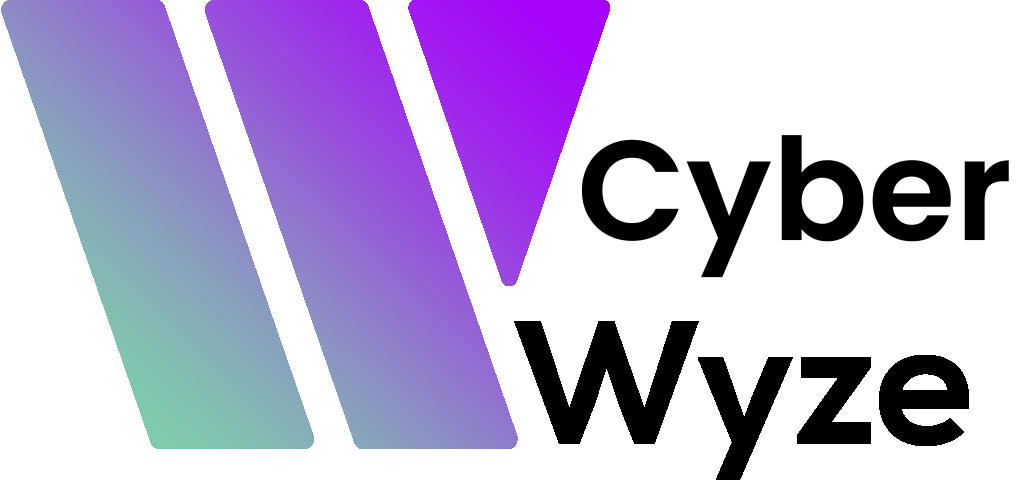Essential 8 (E8) vs SOC 2
Comparing the ASD E8 vs AICPA SOC 2
What is the Essential 8?
Key E8 Insights:
The Australian Government has developed the Essential 8 to help local organisations like yours safeguard against cyber attacks. This initiative outlines eight vital strategies to boost your cybersecurity and shield your business from potential threats.
These strategies include:
- Keeping your applications and operating systems up-to-date with the latest patches
- Using application whitelisting to only allow trusted programs to run
- Limiting administrative access to authorised personnel only
- Implementing multi-factor authentication for added security
- Hardening your systems to prevent exploitation of vulnerabilities
- Encrypting sensitive data to keep it secure
- Filtering traffic to block suspicious activity
- Monitoring and logging to detect potential threats
By implementing these Essential 8 strategies, you’ll significantly reduce the risk of a successful cyber attack and protect your business’s valuable data and systems.
What is SOC 2?
SOC 2 is a rigorous auditing process that helps organisations like yours ensure the security, availability, integrity, confidentiality, and privacy of your customers’ sensitive information. Developed by the American Institute of Certified Public Accountants (AICPA), SOC 2 is built on the Trust Services Principles and Criteria.
This widely recognised auditing standard allows you to showcase your dedication to protecting customer data. An independent auditor will assess the effectiveness of your controls, providing assurance that you have the necessary safeguards in place.
By achieving SOC 2 compliance, you can demonstrate your commitment to:
- Securely storing and managing customer data
- Ensuring data availability and accessibility
- Maintaining data integrity and accuracy
- Upholding data confidentiality and privacy
SOC 2 is the industry standard for cloud service providers, but any organisation that handles customer data can benefit from this audit process.
What are the Similarities and Differences of E8 & SOC 2?
What's similar?
How similar are both E8 and SOC 2?
- Comprehensive security programmes are essential for both, underpinning their commitment to data protection.
- Robust security policies and procedures are established and maintained by both, providing a solid foundation for security best practices.
- Regular internal and external audits are conducted by both, ensuring compliance and identifying areas for improvement.
- Proactive risk assessment and threat mitigation strategies are employed by both, minimising potential vulnerabilities.
- Employee training is a priority for both, with ongoing education and awareness programmes in place to foster a culture of security.
- Real-time monitoring and swift response protocols are in place for both, enabling effective incident management and minimising downtime.
- Data, systems, and processes are safeguarded by both, with a focus on protecting sensitive information and maintaining business continuity.
- A culture of compliance and security is embedded in both, demonstrating their dedication to protecting their environment and assets.
What's Different
Where are the differences between E8 and SOC 2?
- While SOC 2 offers a versatile auditing standard for all organisations, ASD Essential 8 is specifically designed to bolster cyber security.
- ASD Essential 8 provides a set of robust security controls, whereas SOC 2 offers a comprehensive framework of trust service criteria.
- The ASD Essential 8 is a government-enforced cybersecurity framework, whereas SOC 2 is a self-regulated industry benchmark.
- While SOC 2 protects data and systems across various organisations, ASD Essential 8 is tailored to safeguard Australian government agencies and their sensitive information.
- ASD Essential 8 prioritises the prevention and mitigation of cyber threats, whereas SOC 2 focuses on ensuring data privacy and security.
- ASD Essential 8 requires organisations to implement robust security controls, whereas SOC 2 demands demonstration of the effectiveness of these controls.
- ASD Essential 8 necessitates ongoing monitoring, reporting, and review of security controls, whereas SOC 2 requires assurance of their operational effectiveness.
- While ASD Essential 8 mandates specific security controls, SOC 2 provides a flexible framework for organisations to develop and implement their own controls suited to their needs.
